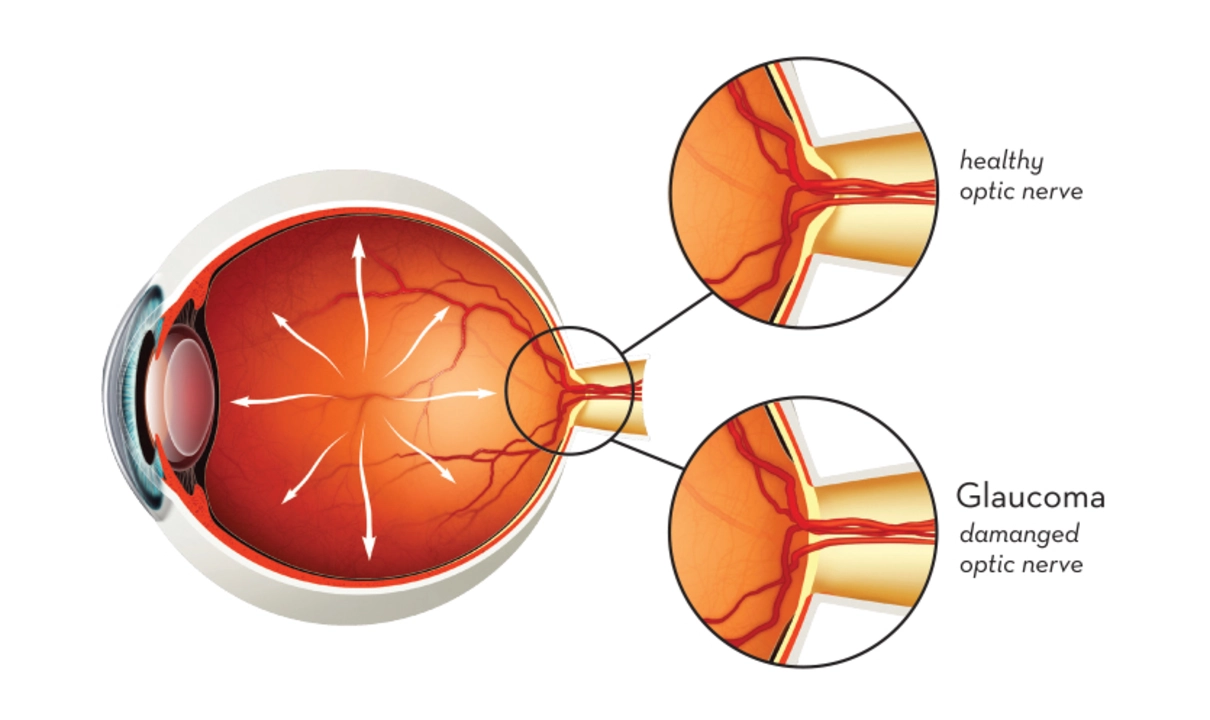Betaxolol: What it Treats, How to Use It, and Safety Tips
Betaxolol is a beta-1 selective blocker used in two main forms: oral tablets for high blood pressure and angina, and eye drops to lower eye pressure in glaucoma. If your doctor mentioned betaxolol, this page gives plain answers — what it does, how to use it, common side effects, and simple safety advice.
How betaxolol works and when it’s used
As a beta-1 blocker, betaxolol slows your heart rate and reduces the force of each beat, which lowers blood pressure and eases chest pain. The eye drop form lowers intraocular pressure to protect the optic nerve in open-angle glaucoma or ocular hypertension. Doctors often pick betaxolol when they want a cardioselective beta blocker that’s less likely to affect breathing compared with older nonselective drugs.
Practical dosing and how to take it
Oral betaxolol usually starts at a low dose — often 10 mg once daily — and doctors may increase it up to 40 mg per day depending on response and tolerance. Take it at the same time each day, with or without food. Don’t skip doses, and don’t stop suddenly; stopping can trigger fast heart rate or worse chest pain for people with heart disease.
For glaucoma, common strengths are 0.25% or 0.5% solutions. Typical use is one drop in the affected eye(s) once or twice daily. Wash your hands first, tilt your head back, pull the lower lid down, place one drop, close your eye gently for a minute, and press the inner corner of your eye for 30–60 seconds to reduce systemic absorption. Don’t touch the dropper tip to your eye.
Always use the exact dose your prescriber gave you. If you wear contact lenses, remove them before using drops unless the product label says otherwise.
Watch for common side effects: tiredness, dizziness, slow pulse, cold hands or feet, and digestive upset. Eye drops can cause mild burning, stinging, dry eyes, or blurred vision right after application. Serious warning signs that need urgent care include fainting, very slow heartbeat, severe breathing trouble, sudden vision changes, or swelling of the face or throat.
Interactions: combining betaxolol with some calcium channel blockers (like verapamil or diltiazem), other beta blockers, or certain antiarrhythmics can cause dangerous slow heart rate or low blood pressure. Blood sugar symptoms may be masked in diabetics, so check glucose levels often and tell your care team you’re taking a beta blocker.
Buy betaxolol only with a valid prescription and from a trusted pharmacy. If you have questions about dosing, side effects, or interactions with your other meds, ask your pharmacist or doctor — they can give practical, personalized advice.
If you notice worrying symptoms or are unsure about stopping the drug, contact your healthcare provider right away. Simple checks and clear instructions keep treatment safe and effective.

